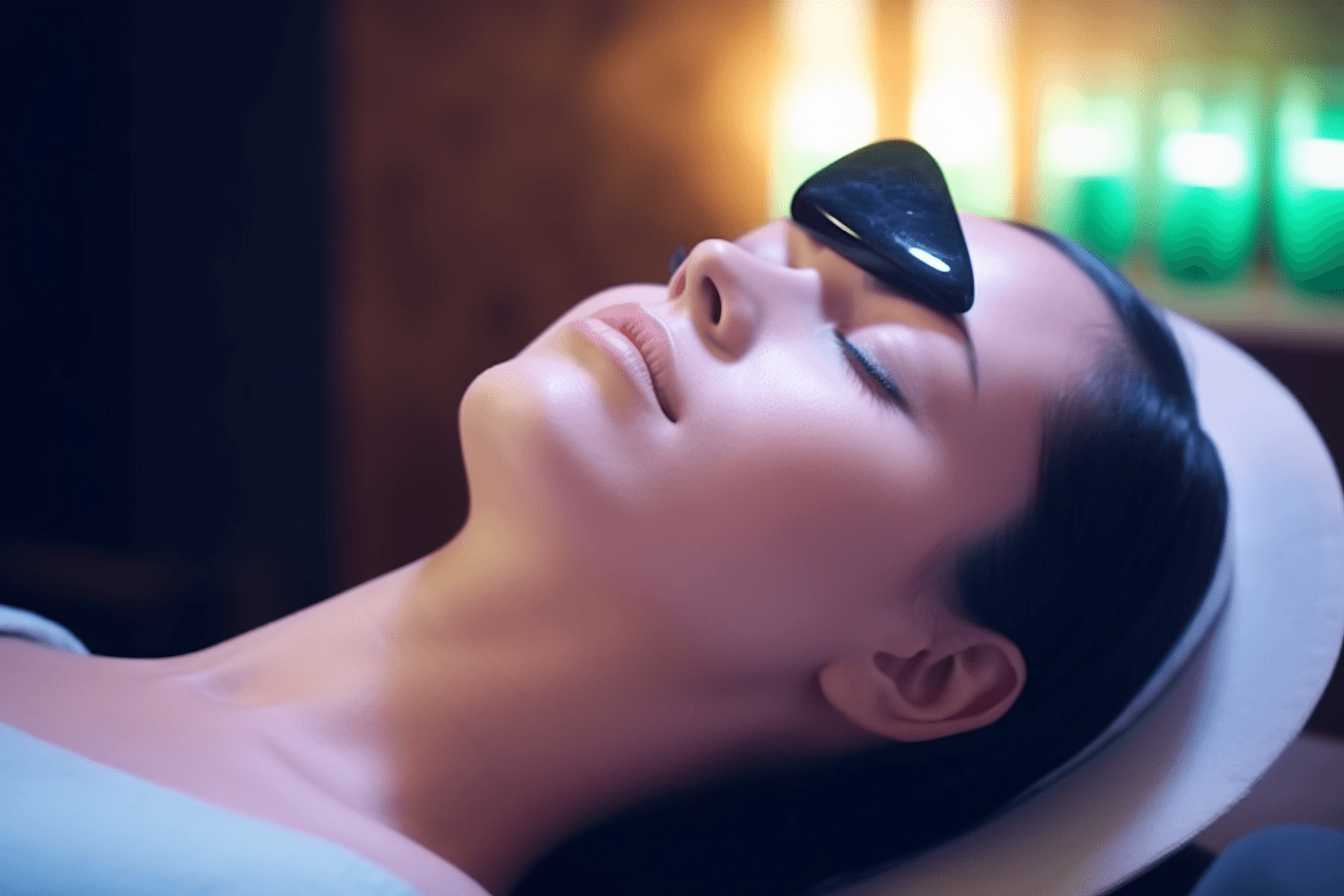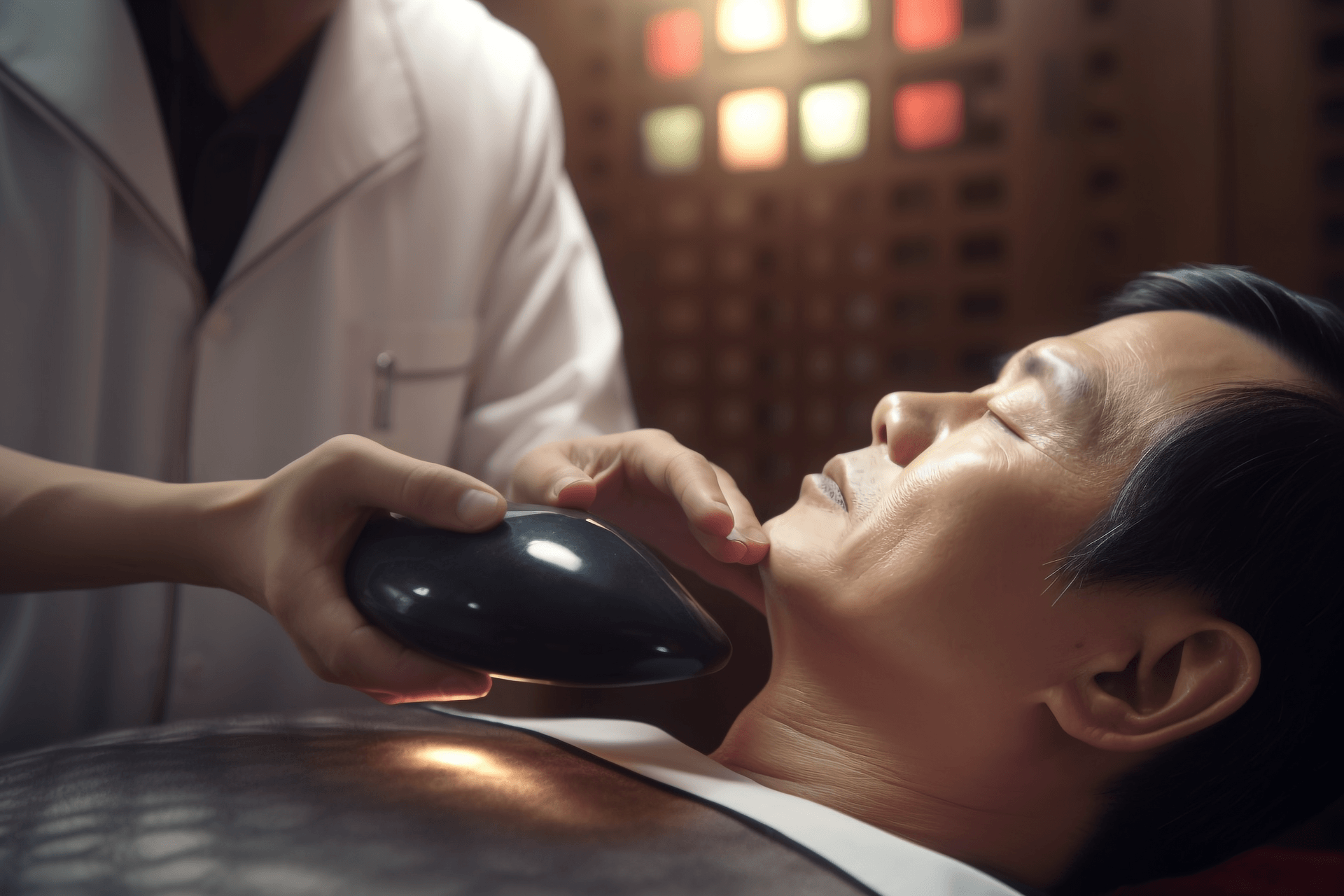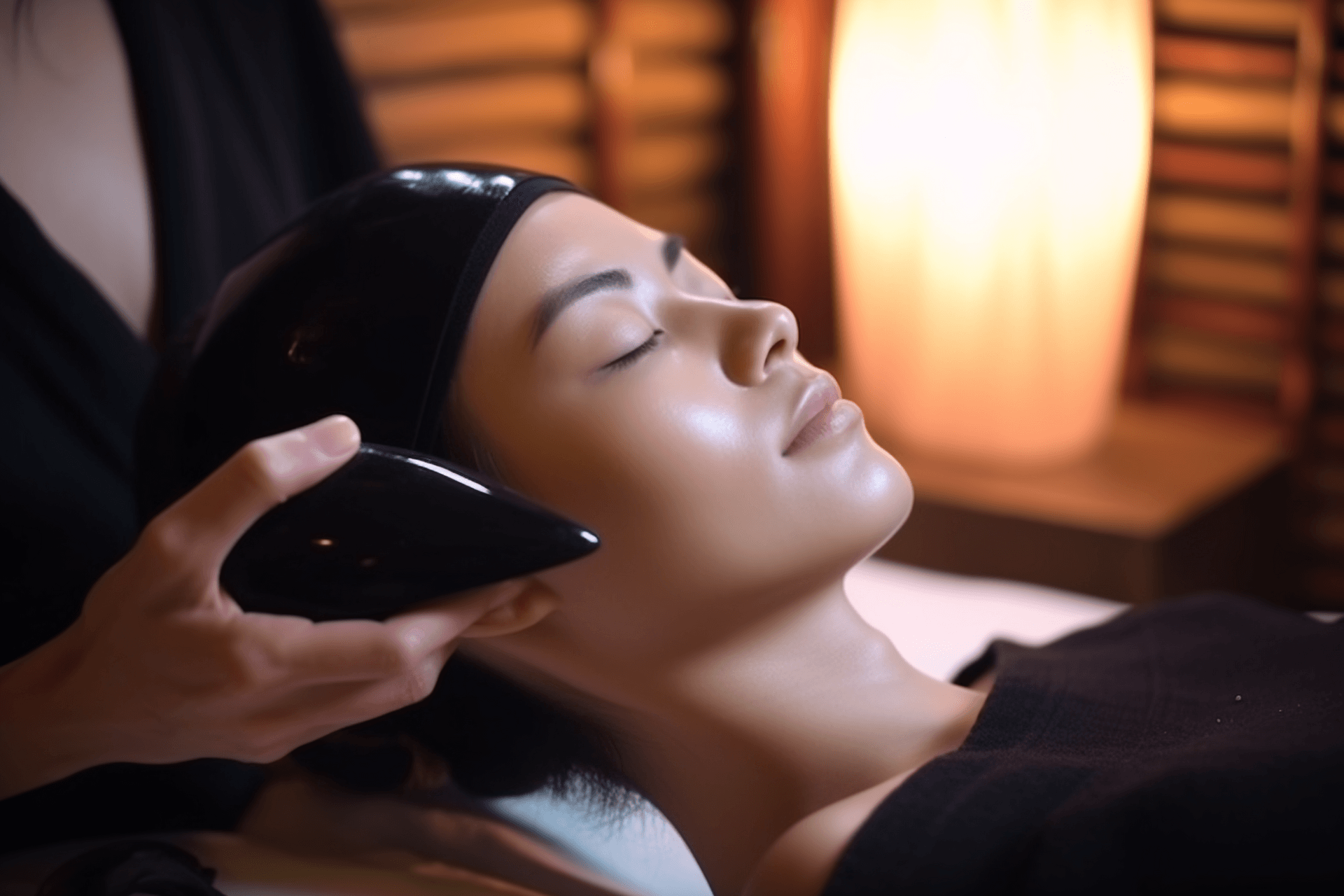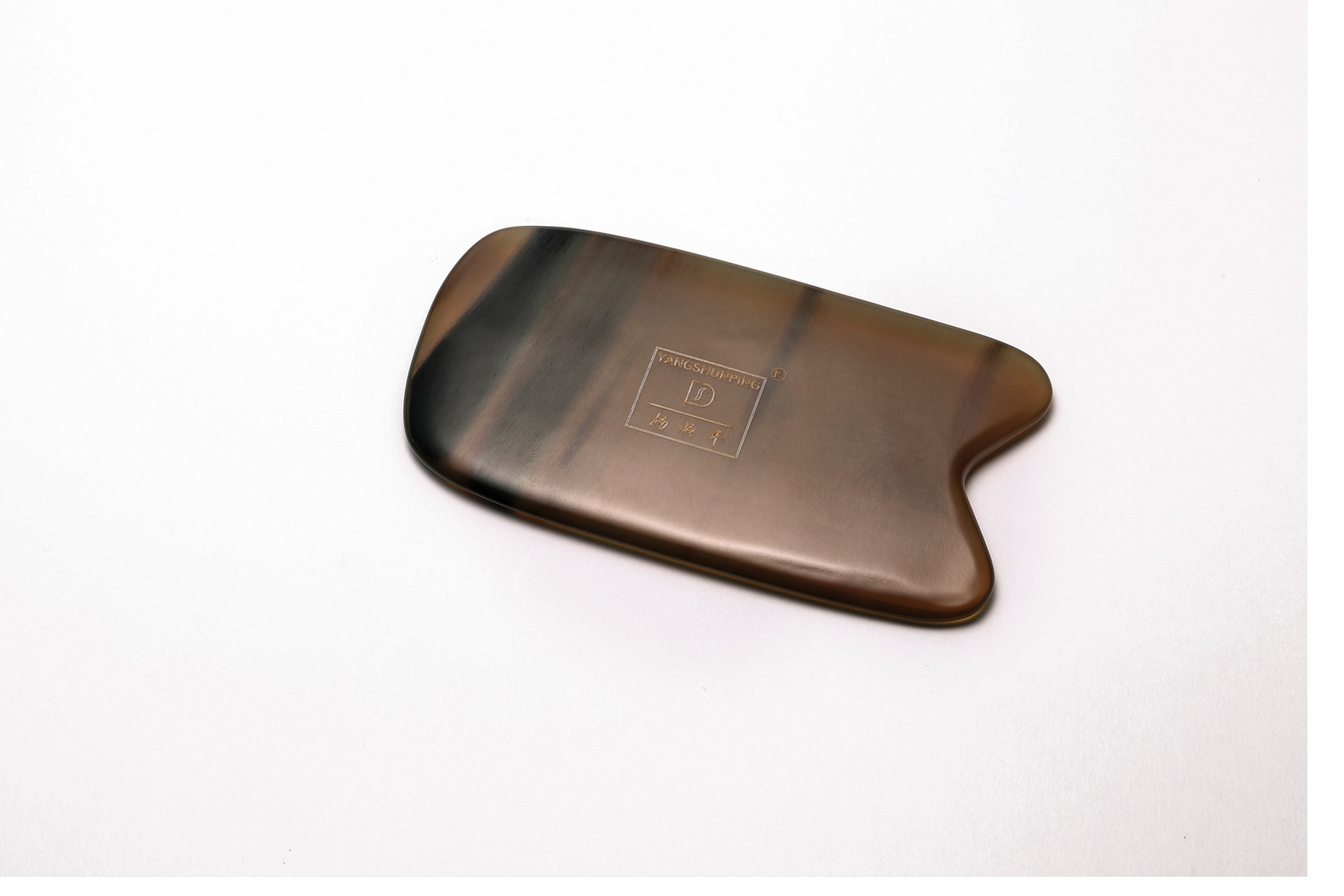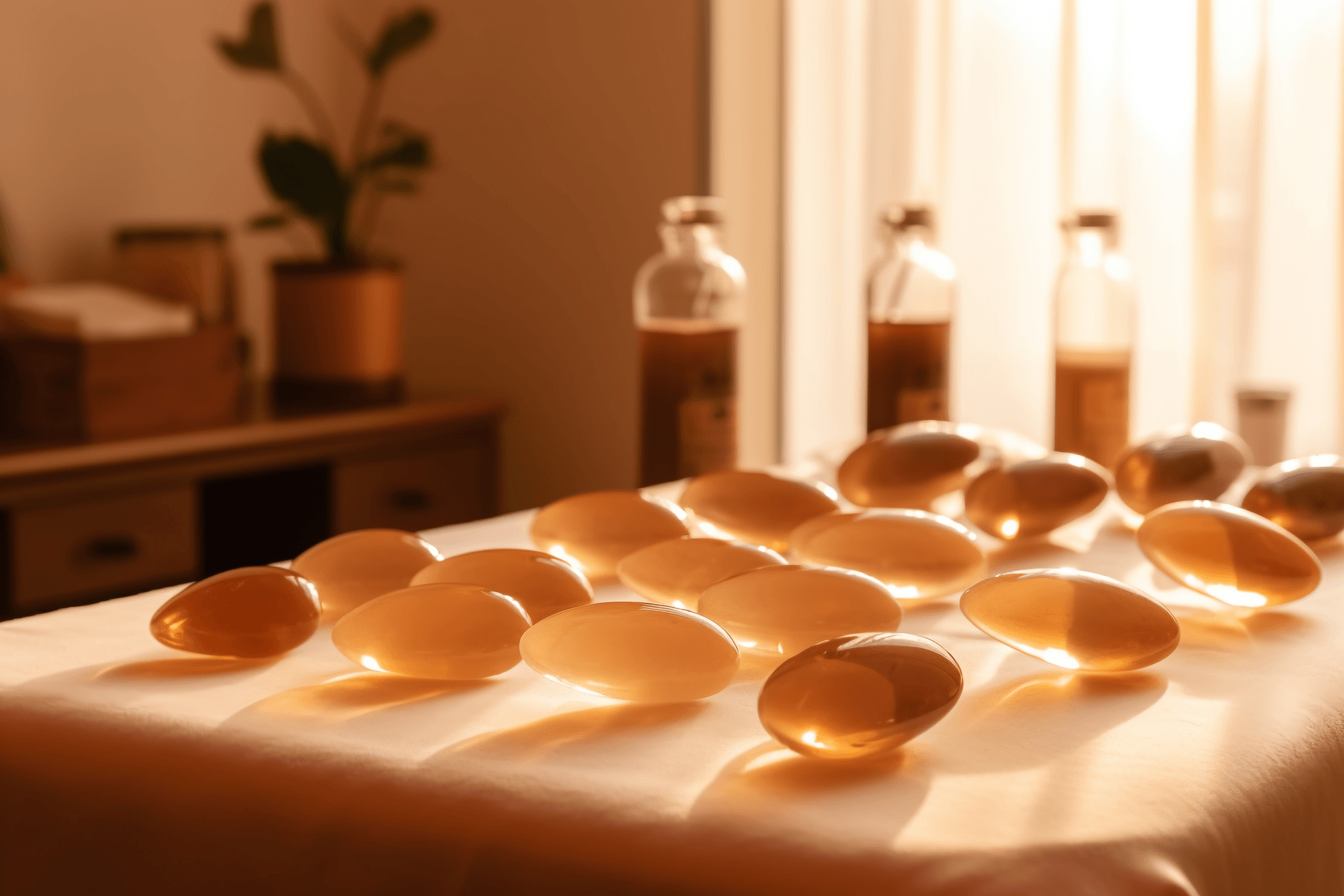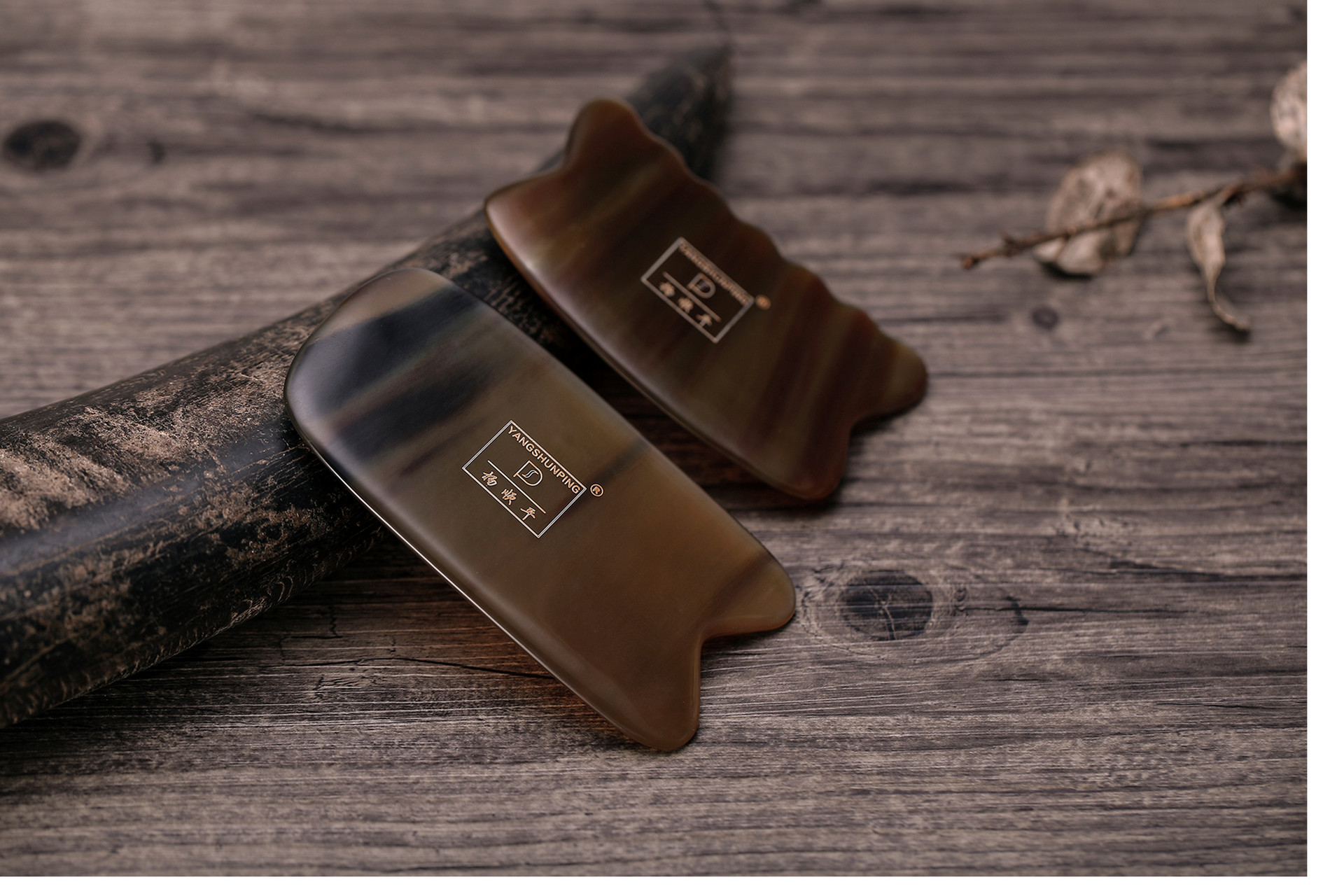Traditional Chinese scraping therapy is a common method of health preservation. Scraping is a natural method in traditional Chinese medicine, and many people recognize its benefits. So, what should we pay attention to when using Chinese scraping therapy for health preservation? Are there any specific techniques for scraping? Let's explore traditional Chinese scraping therapy together!
Scraping is not something we can do randomly. There are many considerations when it comes to scraping for health preservation, and different methods are used for different parts of the body.
Traditional Chinese Scraping Therapy
Scraping: Promoting Smooth Flow
The term "scraping" refers to the condition known as "sha". Ancient scraping therapy originated in the Paleolithic era. When people were ill, they instinctively used their hands or stone fragments to rub or strike certain parts of their bodies, which sometimes relieved their illnesses. Through long-term practice and accumulation, the method of using scraping stones to treat diseases gradually developed, similar to cupping therapy. It has the effects of regulating qi and blood, promoting meridian circulation, and balancing deficiency and excess. Scraping therapy has a long history and is widely spread due to its broad applicability.
Apply Lubricant before Scraping
Chinese medicine experts point out that the area to be scraped should be exposed before scraping, and lubricant should be applied. As for which type of oil to use, they say that any oil that can provide lubrication is suitable, such as general lubricating oil or olive oil. After applying an appropriate amount, scraping therapy can be performed.
Select Acupoints According to the Condition, and Stop Scraping Once Sha Appears
Chinese medicine experts emphasize the importance of selecting acupoints based on the condition. For example, when experiencing a cold, scraping therapy can be applied to Fengchi acupoint, Dazhui acupoint, lung acupoint, and Du meridian, among others. She revealed that the essence of scraping therapy lies in regulating and mobilizing. Scraping therapy aims to promote smooth flow, as smooth flow leads to the harmonization of qi and blood.
The art of scraping lies in the techniques of scraping, rubbing, pressing, picking, knocking, tapping, and massaging. In general, scraping is performed from head to toe, from yang meridians to yin meridians, from top to bottom, from the inside to the outside, and from the back to the abdomen. She analyzed that the duration of scraping therapy should also be determined based on the patient's condition (physical constitution, body weight, age). For robust individuals, longer scraping sessions are recommended, while weaker individuals should have shorter sessions. Generally, 10-15 minutes is appropriate, and scraping should stop once sha appears. "If sha does not appear after 20 minutes, other treatment methods should be considered. Do not continue to damage the skin and qi and blood," explained the Chinese medicine expert.
Contraindications of Scraping Therapy
Although scraping therapy has certain benefits, there are also some contraindications. Chinese medicine experts advise against scraping therapy in the following situations: 1) extreme hunger or fullness; 2) skin damage; 3) active bleeding disorders or coagulation dysfunction; 4) advanced stages of malignant tumors; 5) scars; 6) severe heart, lung, or kidney failure; 7) fear or allergy to scraping therapy; 8) patients with cachexia.
Considerations for Scraping Therapy
Scraping therapy is a traditional Chinese medical treatment that can both promote health and treat diseases. It has the functions of promoting blood circulation, resolving stagnation, adjusting yin and yang, and eliminating toxins. Scraping therapy is suitable for many symptoms.
Scraping therapy is mainly applicable to conditions such as cold, fever, heat stroke, headache, gastrointestinal diseases, stiff neck, frozen shoulder, lumbar muscle strain, muscle spasms, and rheumatoid arthritis. However, scraping therapy should not be performed on individuals who are excessively thin, have a bleeding tendency, or are pregnant, and it should be avoided on the abdomen, lumbosacral area, and areas with skin lesions. Scraping therapy should also be avoided when the patient is extremely hungry, full, or under excessive stress.
For daily scraping therapy, tools such as the rounded edge of a ceramic spoon, a button, the back of a wooden comb, or a small seashell can be used. Professional scraping therapy may use a scraping board made of water buffalo horn, with oil or alcohol commonly used as a medium. Generally, scraping is performed around 20 times, and the extent of the sha marks determines when to stop scraping.
If sha does not appear or appears minimally, it should not be forcefully induced. The appropriate techniques and intensity of stimulation should be chosen based on the patient's age, condition, location, and position. Changes in the patient's condition should be observed during the scraping therapy. If there is discomfort, pale complexion, or cold sweating, scraping should be stopped immediately.


